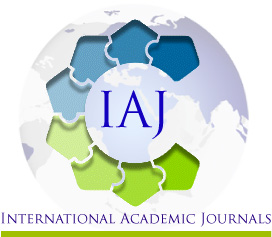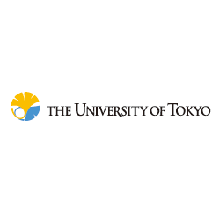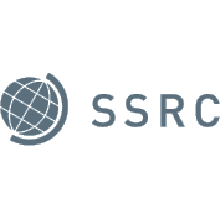ADMINISTRATION OF COUNTY GOVERNMENT BURSARY FUND AND RETENTION OF SECONDARY SCHOOLS’ STUDENTS IN KWALE COUNTY, KENYA
ADMINISTRATION OF COUNTY GOVERNMENT BURSARY FUND AND RETENTION OF SECONDARY SCHOOLS’ STUDENTS IN KWALE COUNTY, KENYA
Hussein Leli Ngando - Student, Masters of Arts in Public Policy & Administration, Kenyatta University, Kenya
Wilson Muna - Lecturer Department of Public policy, and Administration, Kenyatta University, Kenya
ABSTRACT
Government intervention in provision of education is a common phenomenon and developing countries are bracing up to take the challenge. Expanding secondary education through progressive universalism should therefore be central priority especially Sub-Saharan African countries. In Kenya, both central and county governments have committed resources, mainly through provision of bursaries and scholarships to address the perennial inequality in educational opportunities. The County government of Kwale allocates Ksh. 400 Million every financial year for bursaries and scholarships. The purpose of the fund is to accord every school age child in Kwale County an equal opportunity to pursue their academic dreams. The fund is however, equally distributed among the 20 wards in the county yet population per ward varies significantly. The net effect of this is that very needy cases in the wards with many bursary applicants either get very little allocations or are left unattended. Studies on bursaries have highlighted inequitable allocation as a serious concern that renders such programs inefficient. Besides, the fund's administrative systems are plagued with inefficiencies including inadequacy of funds and late disbursement to schools. That being so, the previous bursary studies have mainly focused on CDF bursary schemes at the oblivion of county government bursary programs. This study’s purpose involves evaluating the magnitude to which the administration of the Kwale county bursary has enhanced retention in secondary school. Specifically, the research is directed by the objectives as follows: to analyzing the distribution of bursary fund among the 20 wards and its effect on retention, time of releasing the funds to school, adequacy of bursary funds and the criteria used in allocation and their net effect on retention of secondary school students in Matuga sub-county, Kwale. The study employed descriptive research design. The targeted population is 5,988 (form 3 & 4) students in public secondary schools in Matuga Sub-County, 29 principals, 5 ward administrators, and the CBC chairperson. The research adopts Krejcie & Morgan to samples 357 students, stratified sampling to sample 9 principals and total sampling for both ward administrators and the CBC. Questionnaires were used for students while personal interviews employed for the principals, CBC chairperson and ward administrators. Pretest was conducted in two schools in Msambweni Sub-County; Dr. Babla Diani and Bongwe secondary schools to reassure the accuracy and consistency of the research tools. The data collected was explored through the Statistical Package for the Social Sciences (SPSS). Further, descriptive statistical analytical tools like percentages and frequencies was used in presentation of quantitative data obtained. Ultimately, qualitative data was examined through thematic analysis and conveyed in a narrative format. The outcomes provided clear equity concerns among the study participants. Bursaries are also not released on time prompting the need to synchronize the program with the school calendar. The bursary allocations are also insufficient to effectively cushion the intended members. Reluctance in adhering to the allocation criteria was also observed which curtails efficiency. The researcher recommends for a comprehensive review of the fund distribution formula that takes into account the population size per ward. Synchronize the program with the academic calendar to avoid delays in the release of the funds as well as increasing the bursary amount to better address the financial requirements of students and alleviate fee problems to enhance the retention rate.









